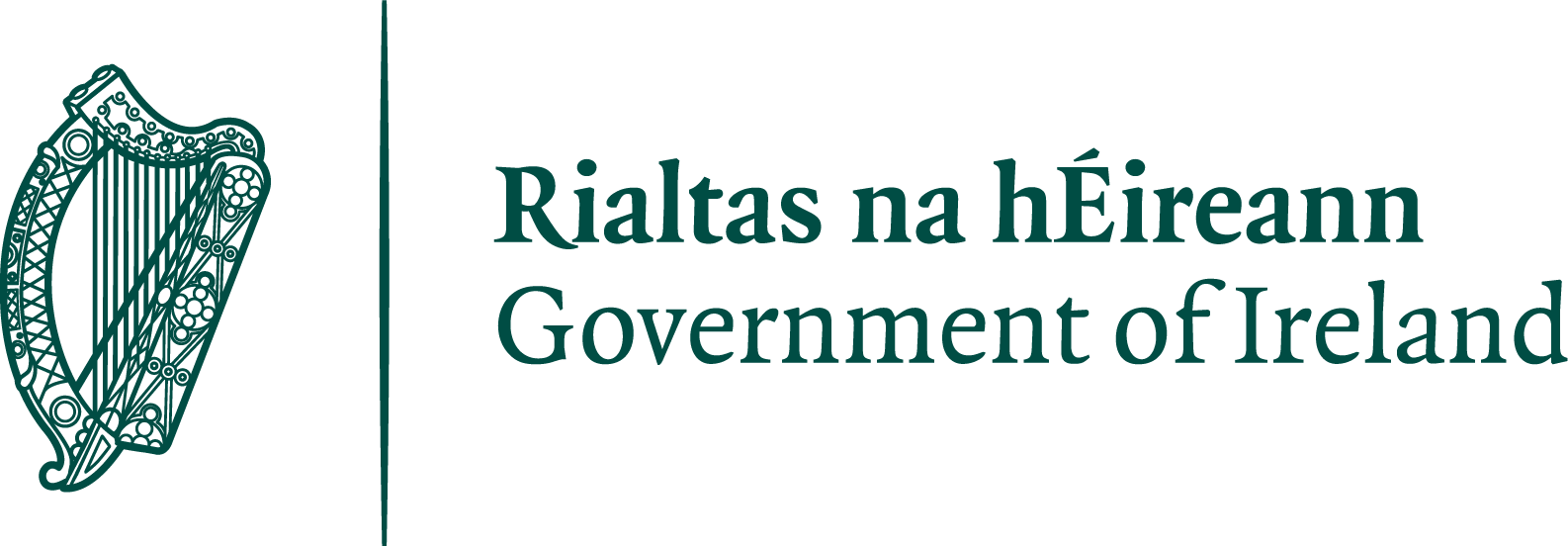Quality Assuring the Assessment Process
Learners are provided with briefs appropriate to the NFQ level, for all assessments they are asked to undertake. These include details of the assessment task at hand, criteria, marking schemes and deadlines, where appropriate. Currently, in centres run by the former VECs, teachers are expected to devise their own briefs for assessment. Monitoring of those briefs currently varies across centres. In some centres, briefs are reviewed by the course coordinators or the centre QQI coordinator. In other centres, a department or programme team may either devise briefs communally, or they may review briefs that have been developed individually. In these centres, a centralised store of briefs is maintained: where they may be available as samples, and teachers are free to use them, or develop their own. Where it occurs, the sharing, or common development of briefs facilitates the maintenance of standards across the centre. It is the learner’s responsibility to complete assessments and demonstrate their achievement of learning. Assessments delivered on training programmes use the standardised Assessment Instrument Specifications (AISs) for each module, which include briefs, marking schemes and other documentation for all assessment instruments, which are issued by the QA Department.
The QA Department have devised a common Assessment Checklist which is used by all former VEC centres. The purpose of the checklist is to ensure that all teaching staff submit the documentation that is required for Internal Verification, External Authentication and Results Approval Panel processes with the learner assessment material. The checklist requires the teachers/tutors to present the information in a prescribed format to ensure consistency and to reduce the amount of time wasted in seeking this information at various stages of the process. All centres are provided with a calendar of dates for the different certification periods at the start of each academic year, so that assessment plans can be compiled in accordance with deadlines.
Internal Verification
Internal verification (IV) procedures check that assessments have been undertaken in a quality assured fashion: the correct assessment instruments have been used, learner details and results correctly entered into the QBS, etc. and for a sample of learners, marks are checked. Prior to the June 2017 certification period, centres took individual responsibility for IV. In 2017, it was decided by the FET SMT to implement this new IV process in order to achieve consistency across the service. IV is currently conducted by a panel of Internal Verifiers who have undergone training and familiarisation with the IV process. The same guidelines, checklists and report templates are used in every centre. The final IV report is made available to the External Authenticator.
External Authentication
The External Authentication (EA) system is a core element of ensuring the quality and integrity of the assessment processes. It is the role of the External Authenticator to review the IV report to ensure that assessment has been undertaken in a quality assured manner, to review the learners’ assessments to ensure that they have been assessed in a fair and consistent manner, and to authenticate that the grades given are in line with the national standards for that level.
LOETB operates a panel of External Authenticators, selected from the QQI panel and the list of recently FESS-trained EAs. EAs from this panel, or from the QQI list of EAs, are engaged for the Further Education Service. LOETB guidelines have been developed for centres preparing for the EA process, as well as for EAs, and these are sent to EAs when they agree dates for External Authentication. EAs are chosen for the training programmes from the established EA panel that was recruited and trained by SOLAS, for authenticating assessments undertaken as part of the AIS. For both the Further Education Services and the Training Services, it is the QA Manager or Officer that selects an appropriate EA for each centre/service/programme. This ensures a level of transparency across the service. Furthermore, on occasion, the same EA has visited a number of centres that offer similar provision in order to ensure a common standard.
EA reports are reviewed by the Results Approval Panel within the centre, and by the QA Department. Collated feedback from all EA reports is reviewed by the FET SMT, and anonymized. Collated feedback is shared with all teaching staff in order to share learning across all centres. EAs for training programmes send their EA report directly to the QA Manager. It is the responsibility of each centre manager to ensure that individual teaching staff members receive their own specific feedback from the IV and EA processes. From time to time, a member of the QA Department will meet with individual teaching staff members to discuss feedback in order to ensure that the required corrective action is taken.
Results Approval Panel
The Results Approval Panel (RAP) provides an opportunity for the centre manager and FET SMT to review the results of a given assessment period, identify issues arising out of the assessments, and decide on recommendations for future actions to be taken. These IV/EA and RAP procedures facilitate the fair and consistent assessment of learners, and support academic decision-making which reflects the interests of learners and the maintenance of standards.



